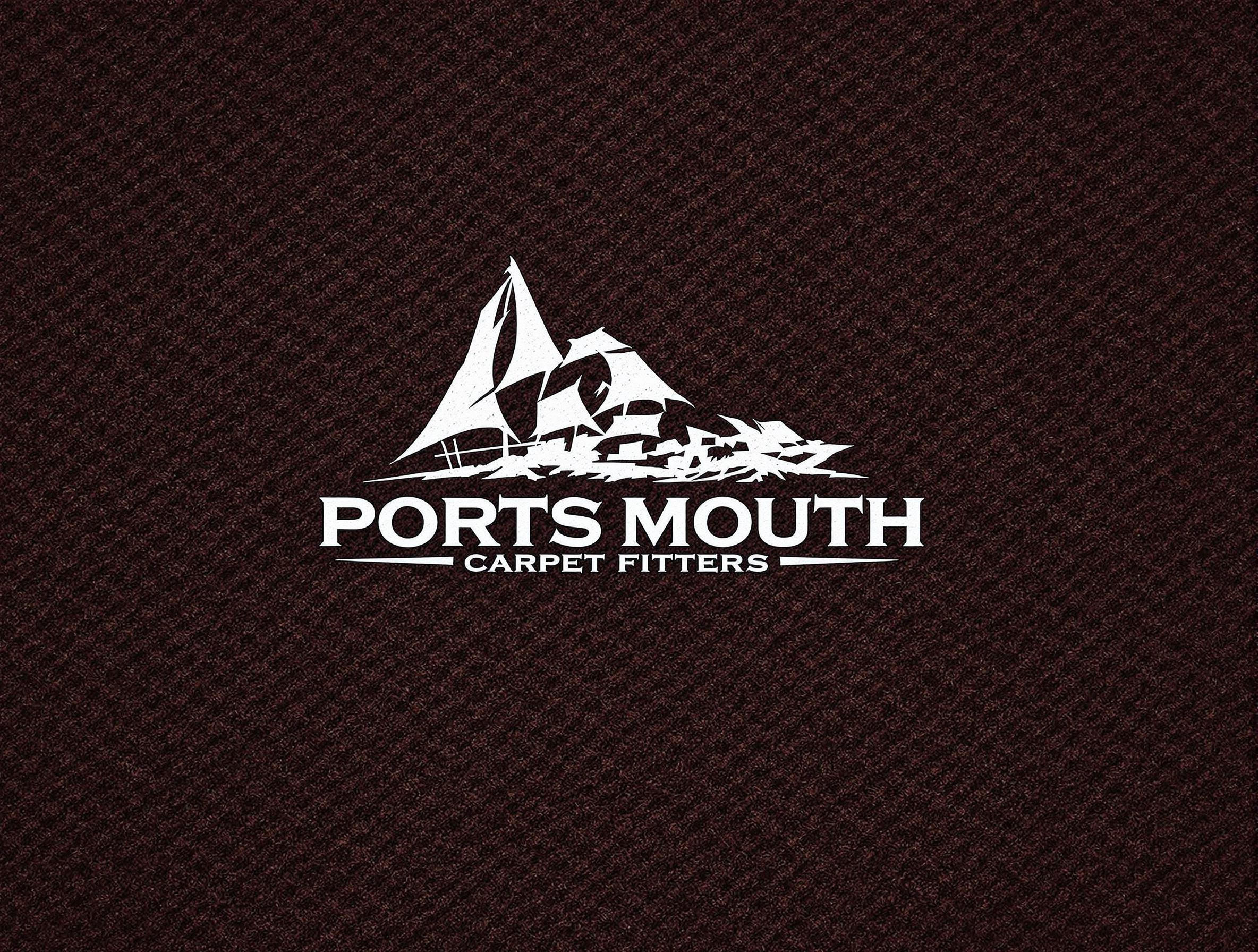Essential Safety and Accessibility Upgrades for Senior Comfort
Small changes can have a big impact on senior-friendly flat safety and accessibility. First, installing non-slip options like mats and rugs in hallways and bathrooms reduces slip risks, a common concern for seniors. These mats should have strong grips to prevent shifting and be easy to clean.
Replacing traditional doorknobs with lever door handles and easy-grip hardware improves usability, especially for those with arthritis or reduced hand strength. These upgrades make everyday activities simpler and safer.
Topic to read : Affordable composting tips for your quaint uk townhouse garden: embrace sustainable living today!
Lighting is critical—motion-activated lights and brighter bulbs in entryways, staircases, and bathrooms illuminate spaces without requiring seniors to fumble for switches. This reduces falls and increases confidence when moving in low light.
Overall, combining accessible upgrades like these creates a supportive environment that promotes independence while anticipating common mobility and safety challenges. Ensuring these features are thoughtfully integrated helps transform a flat into a truly comfortable and secure home tailored to senior needs.
Have you seen this : Transform your uk suburban garden: innovative water-saving irrigation for an eco-friendly future
Furniture Choices to Maximise Comfort and Mobility
Choosing the right accessible furniture is essential for enhancing mobility and comfort in a senior-friendly flat. Adjustable, ergonomic chairs allow users to find optimal seating positions that reduce strain. Supportive sofas with firm cushioning also aid in maintaining good posture.
Incorporating riser seats is an effective comfort upgrade. These seats raise the sitting height, making it easier for seniors to stand up without excessive effort. Sturdy armrests are equally important, offering stable support when sitting down or getting up, which can prevent falls.
Optimising furniture arrangement is another critical step. Clear pathways free of clutter facilitate easier navigation and reduce the risk of tripping—a core safety improvement. For example, placing furniture away from doorways and ensuring ample space between pieces allows for smooth movement, especially when using mobility aids.
These comfort upgrades work collectively, tailoring living spaces to senior needs. By integrating accessible furniture thoughtfully, flats become not only safer but also more inviting and independent environments. Seniors benefit from greater ease in daily activities, while caregivers appreciate the reduced risk of accidents and discomfort.
Essential Safety and Accessibility Upgrades for Senior Comfort
In a senior-friendly flat, prioritising accessible upgrades is vital for preventing accidents and enhancing daily independence. One of the most effective safety improvements is installing non-slip options such as mats and rugs in areas prone to moisture or high traffic, including bathrooms and hallways. These mats must feature strong grips to avoid shifting, as loose rugs can cause trips and falls.
Replacing traditional fixtures with lever door handles and easy-grip hardware also significantly enhances usability for seniors, especially those experiencing arthritis or reduced hand strength. Lever handles require less force and dexterity, making door access safer and more convenient.
Additionally, improving lighting is a critical safety aspect. Integrating motion-activated or brighter bulbs in entryways, stairways, and bathrooms minimizes the risk of falls by ensuring seniors don’t need to fumble in the dark. These lighting upgrades also provide confidence, allowing safer movement at any time of day.
Together, these accessible upgrades create a safer, more comfortable environment tailored to seniors’ needs. Implementing practical safety improvements like non-slip mats, ergonomic hardware, and improved lighting transforms the flat into a supportive haven that fosters senior comfort and autonomy.
Essential Safety and Accessibility Upgrades for Senior Comfort
In a senior-friendly flat, prioritising accessible upgrades is crucial to reduce accidents and support independence. Installing non-slip options such as mats and rugs in bathrooms, hallways, and other high-traffic areas helps prevent dangerous slips. These mats should feature strong grips to keep them securely in place, avoiding movement that can lead to falls.
Replacing traditional round doorknobs with lever door handles and easy-grip fixtures greatly improves usability. These handles require less dexterity and strength, making opening and closing doors simpler and safer for seniors experiencing arthritis or limited hand mobility.
Lighting upgrades also play a key role in enhancing safety. Using motion-activated lights or brighter bulbs in entryways, stairwells, and bathrooms ensures seniors can navigate spaces safely without fumbling for switches. Bright, responsive lighting reduces fall risks and increases confidence when moving around.
Together, these safety improvements—non-slip mats, ergonomic hardware, and enhanced lighting—create a secure environment tailored specifically for seniors. Implementing these accessible upgrades addresses common hazards, making the flat a more comfortable and dependable home.
Essential Safety and Accessibility Upgrades for Senior Comfort
In a senior-friendly flat, prioritising accessible upgrades ensures daily living is both safer and more manageable. One primary safety improvement is installing non-slip options such as mats and rugs in high-traffic locations like hallways and bathrooms. These mats must have robust backing to prevent shifting, which significantly reduces the risk of slips and falls.
Next, replacing traditional door hardware with lever door handles and easy-grip fixtures enhances usability. These handles demand less strength and dexterity, crucial for seniors with arthritis or limited hand mobility. Implementing such accessible upgrades not only simplifies opening doors but helps prevent accidents caused by fumbling with round knobs.
Another essential upgrade is installing motion-activated or brighter lighting in key areas such as staircases, entryways, and bathrooms. This lighting ensures seniors can move confidently, even in low-light conditions, by automatically illuminating their path without the need to find switches.
Together, these targeted safety improvements address common fall hazards and usability challenges, creating a supportive environment that promotes independence and comfort for seniors living in a flat.
Essential Safety and Accessibility Upgrades for Senior Comfort
In a senior-friendly flat, installing non-slip options is a foundational safety improvement. Mats and rugs in hallways, bathrooms, and other high-traffic zones must have secure, non-slip backing to prevent shifting. This stability reduces slip hazards, a common risk for seniors navigating daily.
Replacing traditional round doorknobs with lever door handles and easy-grip hardware further enhances access. Lever handles demand less strength and dexterity, accommodating those with arthritis or limited hand mobility. This practical accessible upgrade simplifies door use while preventing accidents linked to fumbling or struggling with difficult fixtures.
Lighting is another vital area for improvement. Incorporating motion-activated lighting or brighter bulbs in stairways, entryways, and bathrooms ensures these spaces remain well-lit without seniors needing to locate switches. This reduces fall risks, especially in low-light conditions, and provides confidence during night-time movement.
Together, these accessible upgrades—non-slip mats, ergonomic door handles, and improved lighting—form a core safety strategy. Each addresses common hazards to foster a secure, comfortable environment tailored specifically for seniors’ mobility and independence needs.
Essential Safety and Accessibility Upgrades for Senior Comfort
Creating a senior-friendly flat involves carefully selected accessible upgrades that enhance safety and ease of use. Installing non-slip options like mats and rugs in high-traffic areas such as hallways, kitchens, and bathrooms is fundamental. These mats must have a secure backing to stay firmly in place, preventing slips on tiled or wooden floors, which are common hazards for seniors.
Another key safety improvement is the replacement of traditional round door knobs with lever door handles and easy-grip hardware. These handles require less hand strength and dexterity, making opening and closing doors more manageable for seniors with arthritis or limited mobility. Lever handles also reduce frustration and potential accidents caused by fumbling.
Lighting also plays a crucial role in safety upgrades. Installing motion-activated lighting or brighter bulbs in critical zones such as stairways, entrances, and bathrooms ensures rooms illuminate automatically as seniors approach. This practical solution eliminates the need to search for switches in the dark and helps prevent falls, especially during night-time movements.
Together, these accessible upgrades form a cohesive approach to improving security and independence within a senior-friendly flat, addressing common risks with effective, user-friendly solutions.









